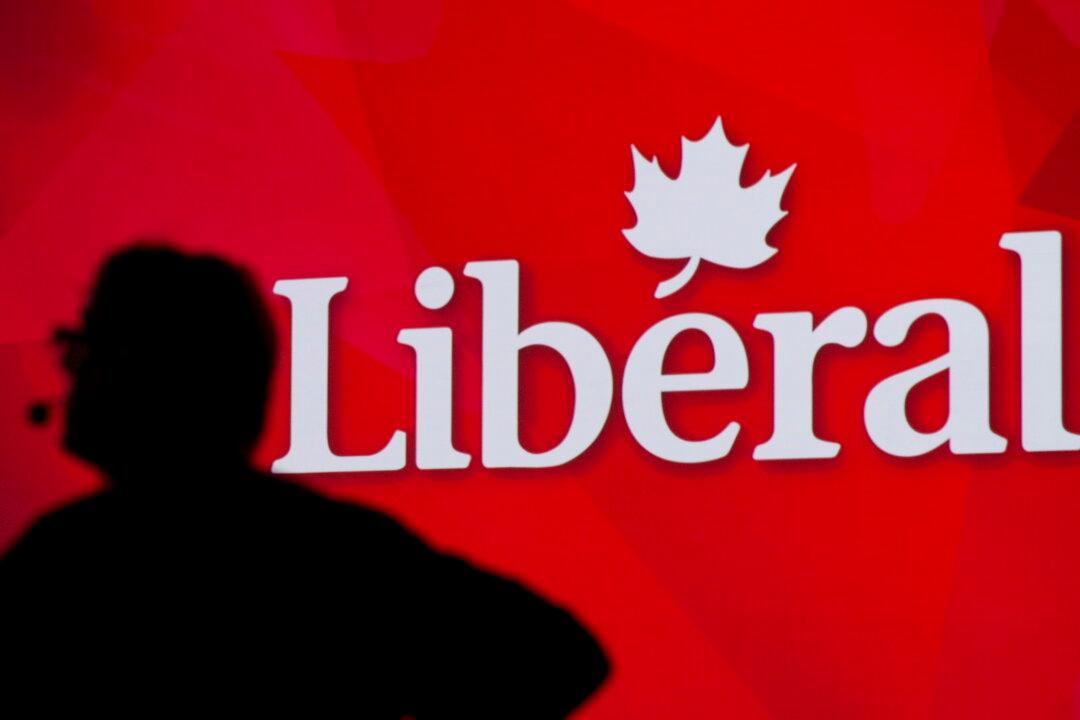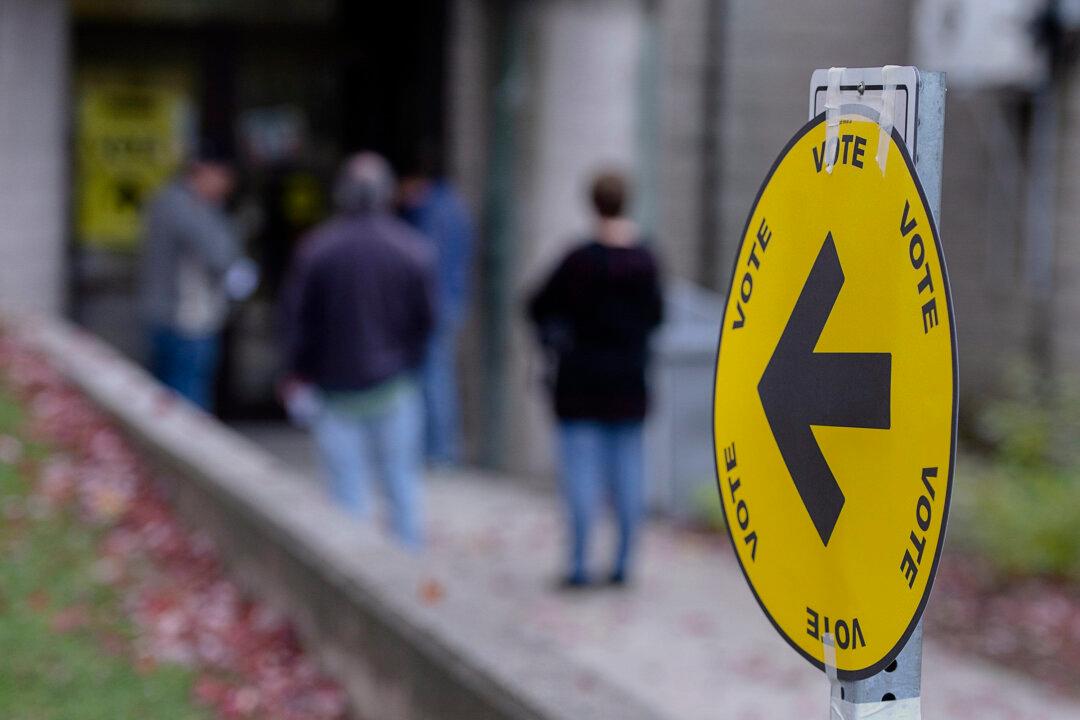With registration to vote in the contest being free and open to all Canadian citizens, the number of people taking advantage of the opportunity to vote is distressingly low.
The candidates have a short, tough campaign ahead of them. First, they must convince those who registered to vote that they are the best person for the job. Then, the winner will probably have a very short period in office as the prime minister before facing Canadians in a general election.
Aside from being selected by such a relatively low number of people in the leadership race, the new Liberal leader will have the legitimacy of their role questioned due to the party system of leadership selection. The Liberals tightened the rules to ensure only Canadian citizens or permanent residents could participate in the process. Still, with membership being free through an online sign-up and open to anybody over the age of 14, the perception of abuse in the process could be high.
Voting system aside, the candidates for the leadership have a difficult balancing act to perform as they try to convince electors that while they are loyal supporters of the Liberal Party, they plan to take the party in a different direction. With public support for the Liberals being so low, candidates are forced to campaign against their own record.
Of the five candidates for the leadership, Mark Carney is the only one who hasn’t served as a Liberal MP. While he is using that status as a way to convince voters he is an outsider bringing a fresh perspective to the party, his close relationship with Prime Minister Justin Trudeau makes it difficult to see Carney as an outsider or reformer. He is considered the top pick for the party establishment and has been endorsed by many MPs.
Chrystia Freeland broke ranks with the party establishment when she resigned suddenly before Trudeau was about to demote her from the position of finance minister. Freeland has clearly broken away from the top echelons of the party, but she was among them for so long it’s hard to see her as a fresh face. She has now backtracked against the capital gains and carbon taxes she so recently and strongly supported. While politicians can and should be able to change their minds, this about-face may cause voters to think twice.
With the prime ministership as the prize—if only for a short period—the stakes in the Liberal leadership race are high. The five contenders must first convince the party they can best represent Liberal values, then they must convince the electorate the Liberal values they represent aren’t the same ones of last year. It remains to be seen if any of them will pull off that two-stage campaign with success.







